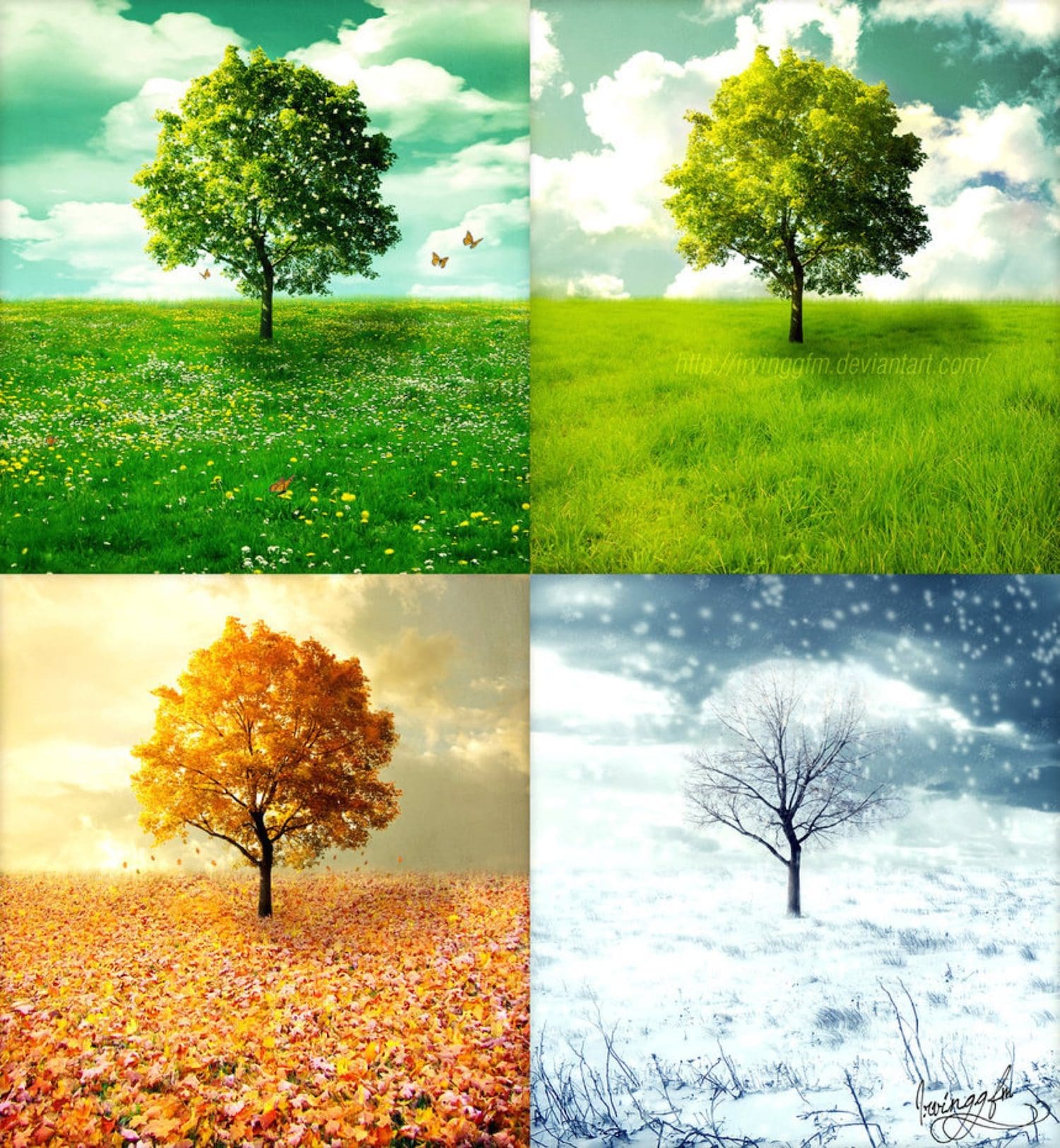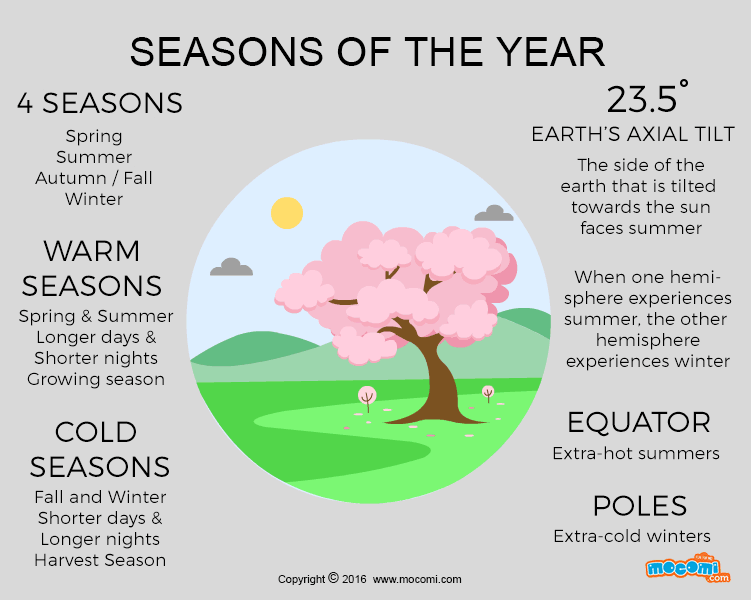

There is a different reason for Earth's seasons.Įarth's axis is an imaginary pole going right through the center of Earth from "top" to "bottom." Earth spins around this pole, making one complete turn each day. However, in the Northern Hemisphere, we are having winter when Earth is closest to the Sun and summer when it is farthest away! Compared with how far away the Sun is, this change in Earth's distance throughout the year does not make much difference to our weather. During part of the year, Earth is closer to the Sun than at other times. It is true that Earth's orbit is not a perfect circle. And, likewise, they think Earth is farthest from the Sun in the winter.Īlthough this idea makes sense, it is incorrect. Many people believe that Earth is closer to the Sun in the summer and that is why it is hotter. And when the South Pole tilts toward the Sun, it's winter in the Northern Hemisphere.

So, when the North Pole tilts toward the Sun, it's summer in the Northern Hemisphere. Throughout the year, different parts of Earth receive the Sun's most direct rays. The seasons of the year are called Mwaka.Earth's tilted axis causes the seasons. The final month of the year is associated with thanksgiving and ceremonies as it follows the month of November where ceremonies were suspended due to traditional beliefs against killing pregnant livestock. It is also taboo to get married or to host any rituals and ceremonies in November in order to avoid accidentally killing pregnant livestock which would be associated with a bad omen.ĭecember is Zvita is derived from the ChiShona word mazvita which translated to “thank you”. It is believed that most goats are pregnant around this time hence it is taboo to kill goats in November. The direct translation of Gumiguru is “big ten” This is fitting as October is the tenth month of the year. October is Gumiguru which is derived from the word gumi meaning ten. During this month, one can find chicks in abundance September is Gunyana derived from the ChiShona word nyana for a nestling chick that has not yet left the nest. This month is the windiest month of the year in Zimbabwe and it coincides with the time at which households complete their crop storage activities. July is Chikunguru and it is believed to be named after a fruit that grows well in the winter months called nhunguru or the governor’s plumĪugust is Nyamavhuvhu which is derived from the word kuvhuvhuta meaning blowing with strength in ChiShona. Mandundu is another term to refer to the month of June The origin of the word is not well documented. Bandwe is another term to refer to the month of May May is Chivabvu and it is named after the last maize before the harvesting season begins. April signals the end of the rainy season and therefore light showers are experienced ahead of the harvest season January is Ndira which is the ChiShona name of a black beetleįebruary and March are Kukadzi and Kurume which are derived from the words for Woman and Man respectivelyĪpril is Kubvumbi which is derived from the word mubvumbi meaning persistent drizzle. The names of months of the year in ChiShona are derived from various beliefs and terms of significance to the Shona people. Months and Seasons of the Year in ChiShona


 0 kommentar(er)
0 kommentar(er)
